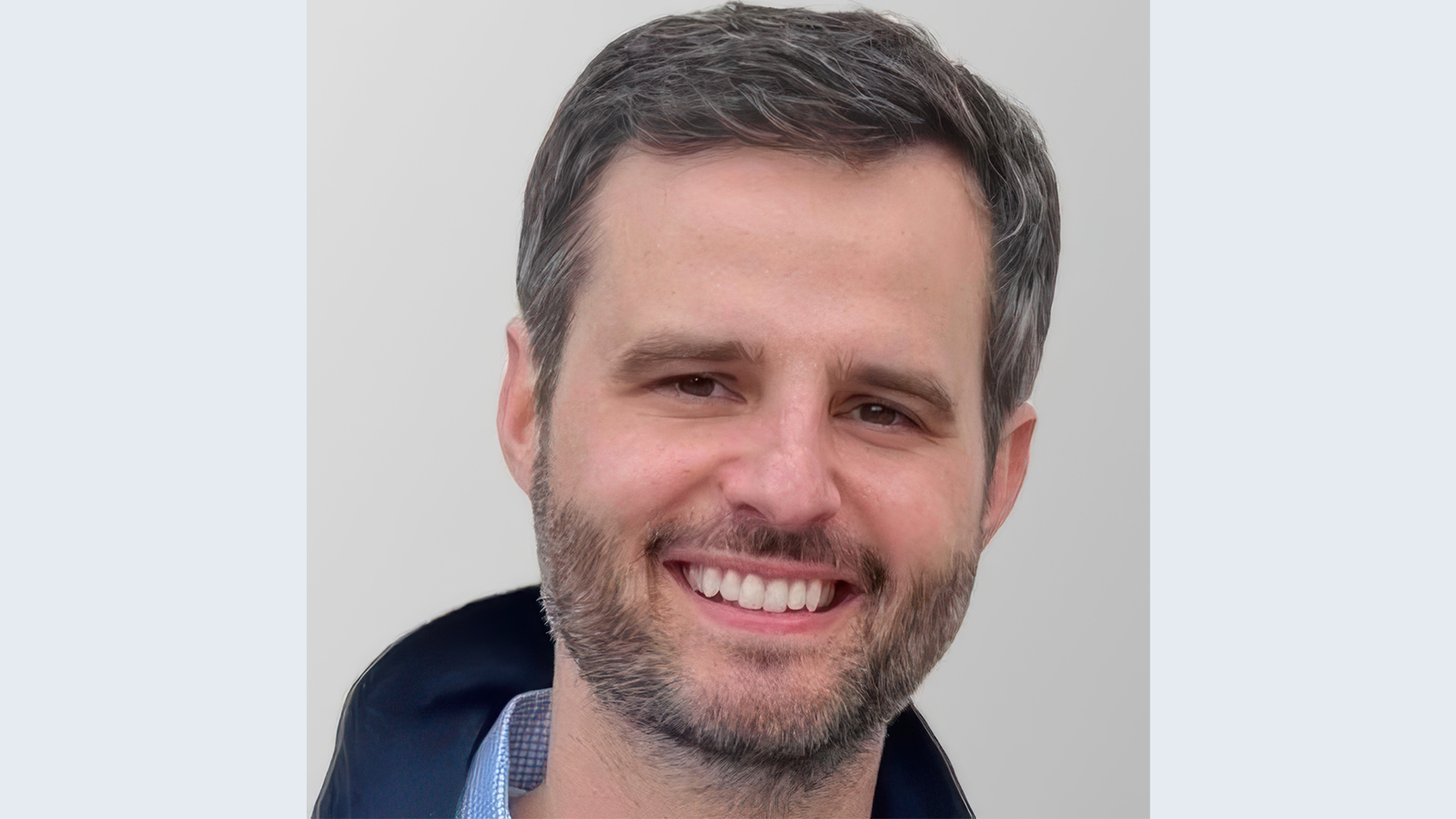Audio Consoles Evolve With IP
NEW YORK—Once they served simply to connect inputs to outputs, but over the years the function of the audio console has expanded dramatically. This is particularly true in broadcast production, where audio over IP continues to change the way audio is delivered. At the recent NAB Show and at the upcoming IBC Show next month, a number of new products were—or are scheduled—to be released. TV Technology spoke with representatives of Wheatstone, Calrec, Lawo and Studer about these products and recent developments in the industry.
WHEATNET-IP

Wheatstone’s gibraltar iP mix engine provides Wheatstone iP consoles with direct connectivity into the Wheatnet-iP audio network. Let’s face it, AoIP may be the future, but a single standard—if it’s ever reached—is off on a distant horizon. ATSC 3.0 is a big undertaking, one which will hopefully result in a common standard for television, smart phone, tablet, over the air and interactive broadcasting. According to Dee McVicker, spokesperson for Wheatstone in New Bern, N.C., the company’s Gibraltar IP Mix Engine, which will be shown at IBC, represents a major step forward in that it provides Wheatstone IP consoles with direct connectivity into the WheatNet-IP audio network.
With all I/O managed through the IP network, the IP console has no limitations with fixed connection points on the console chassis itself. Any channel can connect to any audio source, using any preferred audio format at any time, whether it’s HD/SDI, AES, MADI, AoIP, analog or TDM. This technology operates without sound cards and offers a common platform for resource sharing. Since it’s based on AoIP, Gibraltar can transfer multiple stereo channels from a workstation directly to the console without an A/D/A conversion.
“AoIP is just the first step,” says McVicker. “Our mix engine is at the vanguard of this process. It hooks our consoles into an entire network. We’re good at IP; we have been building broadcast audio IP networks for the last decade. We’re now transferring that experience over to television.”
CALREC’S HYDRA2

calrec provides a variety of networking interfaces for its hydra2 audio routing system. Over the course of multiple decades, consoles evolved to handle multiple inputs and outputs, including analog, AES3, MADI and SDI, but things will need to change, according to Dave Letson, vice president of sales at U.K.-based Calrec. “Broadcasters will need to replace all of these with a new class of interface that enables them to connect to standard IT switch infrastructure,” he said. “As this happens, the traditional distinction between audio, video and data transports will disappear.”
The professional video industry's #1 source for news, trends and product and tech information. Sign up below.
A number of protocols, including RTP, IGMP and PTP, along with standards that are specific to the broadcast industry, will allow manufacturers to meet the IP requirement that equipment from all vendors will interoperate reliably.
“None of this will be straightforward,” said Letson. “To meet a broad range of needs, manufacturers will have to create interfaces that conform to a variety of open standards [AES67, Ravenna, TR03, TR04, SMPTE2022, and maybe more], and provide elegant solutions for controlling and managing services, flows, sync, control data, monitoring, troubleshooting, SDN [software-defined networking for over-riding the default packet-forwarding behaviour of an IP switch], based on another set of open standards. There are huge opportunities for forward-thinking broadcasters and technology manufacturers alike, who are prepared to embrace and engage with the changes. It’s all good news.”
Calrec provides a variety of networking interfaces, including an AES67/Ravenna interface, an AVB interface, and a modular I/O Dante card that also has AES67 compatibility. In addition, Calrec provides a SMPTE 2022-6 video interface. Each element of Calrec’s protocol range redundantly connects to Calrec’s Hydra2 and appears like any other I/O resource on the Hydra2 network. This means each resource is able to tap into Hydra2’s integral suite of management tools, such as remote configuration patching, port protection, alias files, virtual patch bays, and access rights.
AIM-ING FOR A COMMON STANDARD
A founding member of the AIMS group, the organization that is working towards a common set of open, interoperable standards, Lawo offers IP-based infrastructure solutions, which it provided recently at MotoGP and the 2016 soccer tournament in France as well as the Rio Olympic Games this month.
Lawo’s audio products include its mc²56 audio production console with new options for interchangeable surface fader panels and mc²36, its economical, portable RAVENNA-based all-in-one mixing desk. It also offers the Nova37 IP/MADI hybrid audio router integrating DALLIS I/O systems, consoles and other devices to provide access to all resources and busses from any console, and the mc² Micro Core, a versatile standalone audio processing core designed as a perfect option for small-sized automated applications where external studio control systems are triggering the operation, e.g. in automated newsroom productions. Supported protocols and control systems include VSM, Evertz, Quartz, BFE, Pharos, Ross RAP, GV Ignite and Vizrt Mosart, among others. Lawo also offers a full range of products for radio applications, including the new RƎLAY Virtual Radio Mixer, a fully-featured portable studio, complete with analog and digital I/O and 4-or 8-fader Virtual Mixer.
Late in 2015, Studer released the Vista 1 Black Edition console, designed for broadcast and theatrical applications. The Vista 1 Black Edition has a DSP engine 96 channels wide, can handle mono, stereo and 5.1 inputs, and ships with a standard configuration of 32 mic/line inputs, 16 line outputs, and four pairs of AES inputs and outputs. Expansion for additional formats, including MADI and AoIP, is easily configured. This board also features a redundant PSU and RELINK integration with other Studer Vista and OnAir consoles.
